Introduction #
The authors of the Detection of Small Size Construction Tools dataset have explored the application of deep-learning techniques to object detection within the construction industry. Unlike previous studies that predominantly focused on outdoor sites and larger equipment, their emphasis was on enhancing safety by detecting small tools commonly used in indoor construction. Recognizing the need for robust datasets to develop effective object detection models for such tools, they undertook the creation of a comprehensive image database.
The dataset is tailored for training object detection models for small-sized construction tools. It encompasses 12 distinct classes of target tools that are typically utilized in indoor construction scenarios. These tools include bucket, cutter, drill, grinder, hammer, knife, saw, shovel, spanner, tacker, trowel, and wrench. The dataset is composed of a substantial collection of 25,084 images, each paired with corresponding label data to facilitate supervised learning.
The images within the dataset were curated with a keen focus on the diversity of the objects. This diversity was achieved by capturing tools of varying shapes, sizes, and colors. The authors also introduced variations in image characteristics, such as resolution, lighting, occlusion, and background, to improve the model’s robustness. Of the total images in the dataset, 6258 (25%) were directly captured from real construction sites, contributing to the dataset’s authenticity and relevance.
Object annotations for each image were meticulously executed using bounding boxes, which were subsequently saved in text files. The bounding box coordinates were structured as follows: Class, Center X, Center Y, Width, and Height. The “Class” parameter denoted one of the 12 construction tool types, while “Center X” and “Center Y” represented the center coordinates of the bounding box, normalized with respect to the image resolution. “Width” and “Height” indicated the dimensions of the bounding box, also normalized to the image resolution. This comprehensive dataset, meticulously curated and annotated, stands to enable more accurate and effective object detection models for small construction tools in indoor settings.
Note, that the presented version of the dataset has more images than it was claimed in orifinal dataset. This is due to the fact that some images have duplicates because they contain both train and test labels. Moreover, there is an additional split undefined which contains images with no pre-defined splits in the original dataset.
Summary #
Image Dataset for Object Detection of Small Size Construction Tools is a dataset for an object detection task. It is used in the construction industry.
The dataset consists of 28687 images with 49189 labeled objects belonging to 12 different classes including trowel, drill, grinder, and other: wrench, hammer, saw, tacker, cutter, spanner, bucket, knife, and shovel.
Images in the Detection of Small Size Construction Tools dataset have bounding box annotations. There are 5636 (20% of the total) unlabeled images (i.e. without annotations). There are 3 splits in the dataset: train (14187 images), test (8819 images), and undefined (5681 images). The dataset was released in 2022 by the Korea Expressway Corporation and Inha University, Korea.

Explore #
Detection of Small Size Construction Tools dataset has 28687 images. Click on one of the examples below or open "Explore" tool anytime you need to view dataset images with annotations. This tool has extended visualization capabilities like zoom, translation, objects table, custom filters and more. Hover the mouse over the images to hide or show annotations.

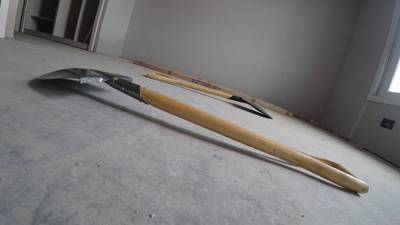

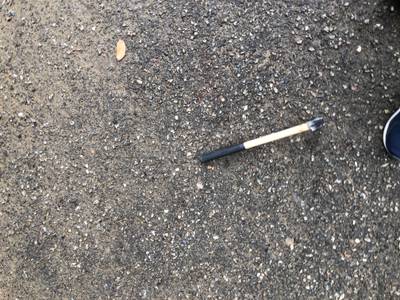

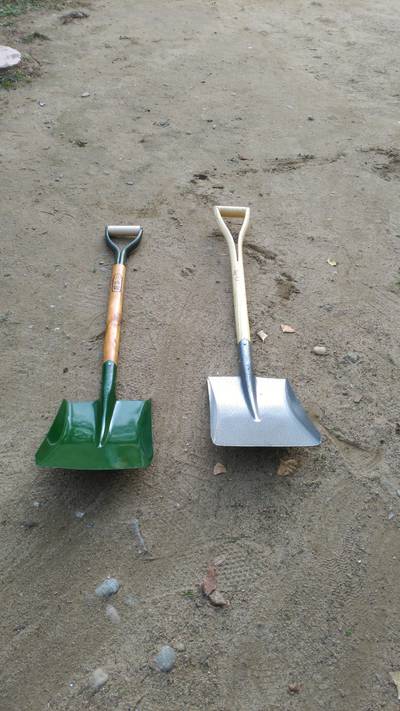

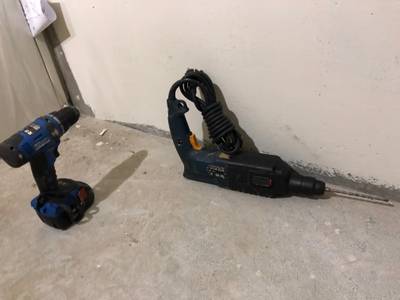

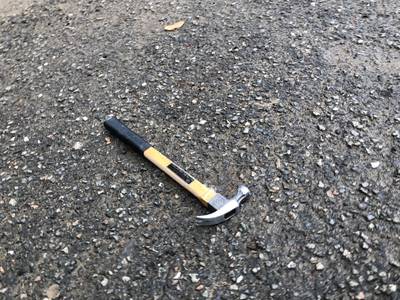

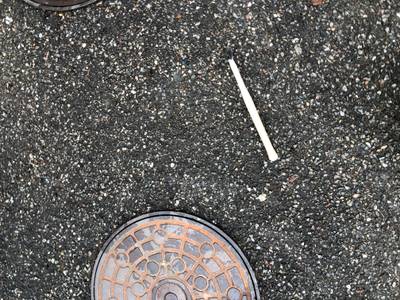

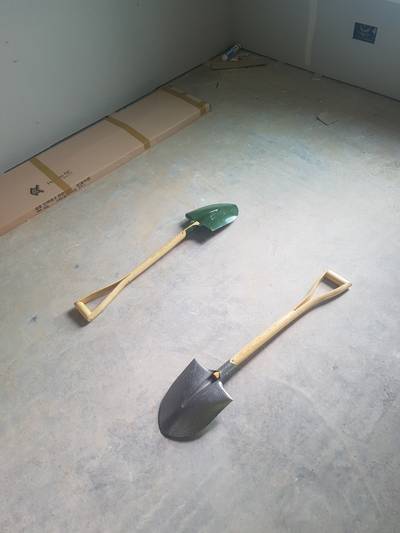

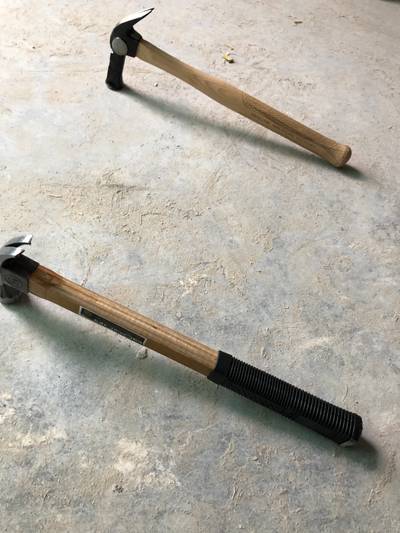



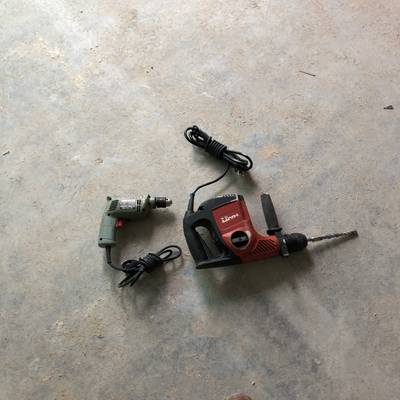



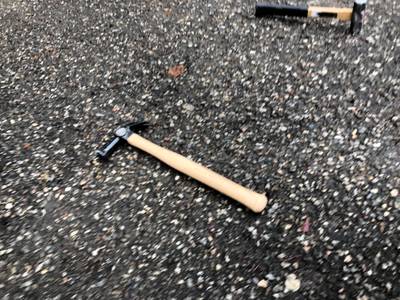



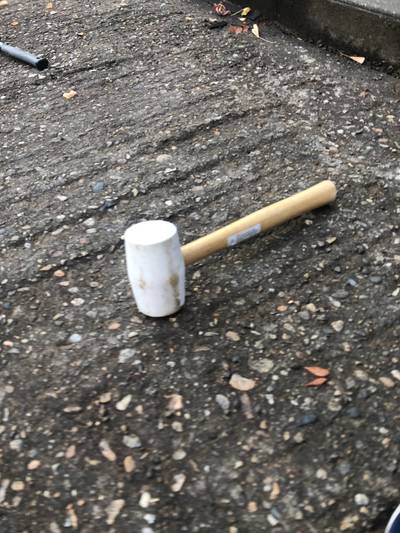

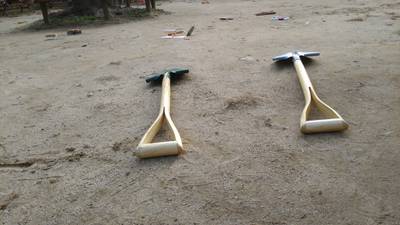

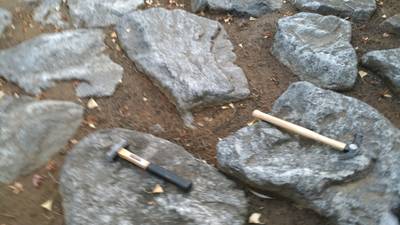



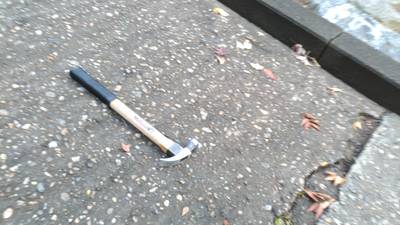

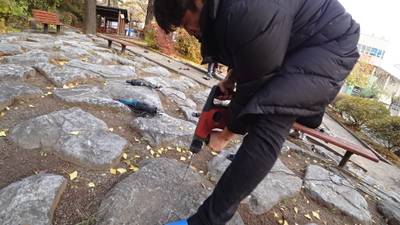

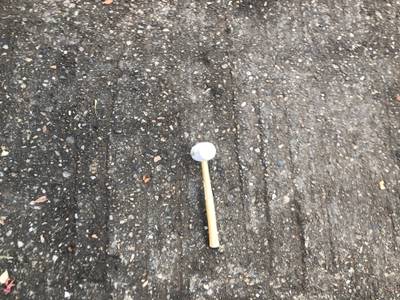

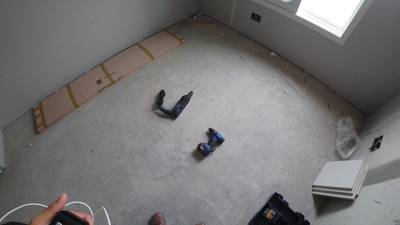









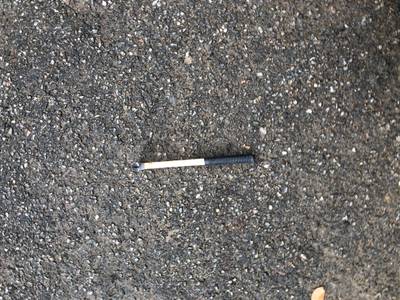

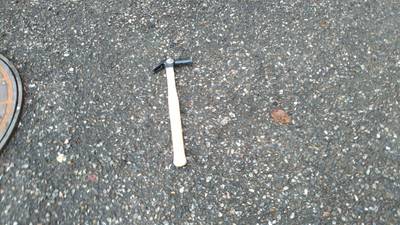



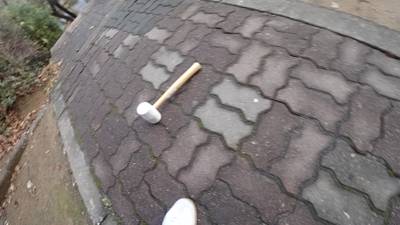

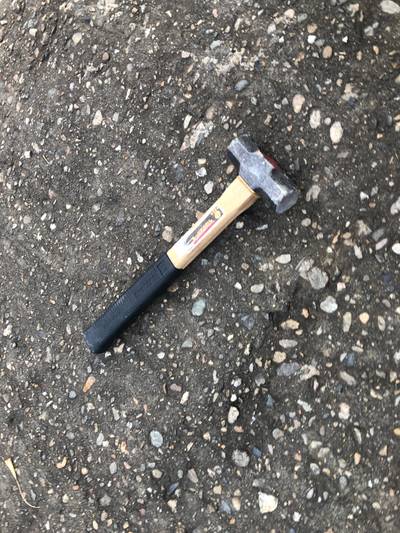
Class balance #
There are 12 annotation classes in the dataset. Find the general statistics and balances for every class in the table below. Click any row to preview images that have labels of the selected class. Sort by column to find the most rare or prevalent classes.
Class ㅤ | Images ㅤ | Objects ㅤ | Count on image average | Area on image average |
|---|---|---|---|---|
trowel➔ rectangle | 4463 | 8762 | 1.96 | 7.97% |
drill➔ rectangle | 4348 | 6650 | 1.53 | 9% |
grinder➔ rectangle | 3715 | 5853 | 1.58 | 12.91% |
wrench➔ rectangle | 3294 | 5604 | 1.7 | 8.34% |
hammer➔ rectangle | 3256 | 4954 | 1.52 | 10.1% |
saw➔ rectangle | 2773 | 4249 | 1.53 | 5.62% |
tacker➔ rectangle | 2332 | 3545 | 1.52 | 5.56% |
cutter➔ rectangle | 1439 | 2418 | 1.68 | 14.18% |
spanner➔ rectangle | 1400 | 1494 | 1.07 | 4.88% |
bucket➔ rectangle | 1208 | 1952 | 1.62 | 9.75% |
Co-occurrence matrix #
Co-occurrence matrix is an extremely valuable tool that shows you the images for every pair of classes: how many images have objects of both classes at the same time. If you click any cell, you will see those images. We added the tooltip with an explanation for every cell for your convenience, just hover the mouse over a cell to preview the description.
Images #
Explore every single image in the dataset with respect to the number of annotations of each class it has. Click a row to preview selected image. Sort by any column to find anomalies and edge cases. Use horizontal scroll if the table has many columns for a large number of classes in the dataset.
Object distribution #
Interactive heatmap chart for every class with object distribution shows how many images are in the dataset with a certain number of objects of a specific class. Users can click cell and see the list of all corresponding images.
Class sizes #
The table below gives various size properties of objects for every class. Click a row to see the image with annotations of the selected class. Sort columns to find classes with the smallest or largest objects or understand the size differences between classes.
Class | Object count | Avg area | Max area | Min area | Min height | Min height | Max height | Max height | Avg height | Avg height | Min width | Min width | Max width | Max width |
|---|---|---|---|---|---|---|---|---|---|---|---|---|---|---|
trowel rectangle | 8762 | 4.07% | 66.47% | 0.05% | 36px | 1.38% | 3624px | 99.61% | 648px | 20.82% | 50px | 1.08% | 4978px | 94.58% |
drill rectangle | 6650 | 5.89% | 76.35% | 0.05% | 19px | 1.76% | 3259px | 94.98% | 653px | 21.93% | 36px | 1.15% | 5307px | 99.21% |
grinder rectangle | 5853 | 8.23% | 72.89% | 0.05% | 24px | 1.86% | 3597px | 99.58% | 781px | 27.09% | 34px | 1.62% | 4854px | 96.16% |
wrench rectangle | 5604 | 4.93% | 51.42% | 0.02% | 34px | 1.42% | 3487px | 99.81% | 646px | 22.91% | 33px | 1.06% | 4014px | 92.89% |
hammer rectangle | 4954 | 6.66% | 65.21% | 0.08% | 29px | 2.69% | 3197px | 100% | 779px | 26.52% | 39px | 1.12% | 4794px | 92.26% |
saw rectangle | 4249 | 3.67% | 69.57% | 0.02% | 22px | 1.31% | 3564px | 99.77% | 397px | 17.17% | 35px | 1.6% | 4383px | 88.47% |
tacker rectangle | 3545 | 3.66% | 89.8% | 0% | 11px | 0.2% | 3430px | 100% | 468px | 16.87% | 1px | 0.03% | 4928px | 91.84% |
knife rectangle | 2647 | 2% | 25.24% | 0.07% | 49px | 1.88% | 2574px | 83.92% | 448px | 13.29% | 60px | 1.32% | 2509px | 81.55% |
cutter rectangle | 2418 | 8.52% | 92.9% | 0.22% | 59px | 5.46% | 3645px | 99.84% | 839px | 32.05% | 66px | 3.44% | 5215px | 95.03% |
bucket rectangle | 1952 | 6.23% | 71.73% | 0.04% | 51px | 2.73% | 3798px | 94.2% | 761px | 25.56% | 54px | 1.51% | 2937px | 92.23% |
Spatial Heatmap #
The heatmaps below give the spatial distributions of all objects for every class. These visualizations provide insights into the most probable and rare object locations on the image. It helps analyze objects' placements in a dataset.

Objects #
Table contains all 49189 objects. Click a row to preview an image with annotations, and use search or pagination to navigate. Sort columns to find outliers in the dataset.
Object ID ㅤ | Class ㅤ | Image name click row to open | Image size height x width | Height ㅤ | Height ㅤ | Width ㅤ | Width ㅤ | Area ㅤ |
|---|---|---|---|---|---|---|---|---|
1➔ | spanner rectangle | ODt.19438.jpg | 2600 x 4624 | 1488px | 57.23% | 1444px | 31.23% | 17.87% |
2➔ | wrench rectangle | ODt.7937.jpg | 3088 x 5488 | 510px | 16.52% | 858px | 15.63% | 2.58% |
3➔ | wrench rectangle | ODt.7937.jpg | 3088 x 5488 | 771px | 24.97% | 341px | 6.21% | 1.55% |
4➔ | spanner rectangle | ODt.7937.jpg | 3088 x 5488 | 683px | 22.12% | 455px | 8.29% | 1.83% |
5➔ | hammer rectangle | ODt.2349.jpg | 3024 x 4032 | 1134px | 37.5% | 801px | 19.87% | 7.45% |
6➔ | hammer rectangle | ODt.2349.jpg | 3024 x 4032 | 1010px | 33.4% | 410px | 10.17% | 3.4% |
7➔ | drill rectangle | ODt.4876.jpg | 5488 x 3088 | 694px | 12.65% | 585px | 18.94% | 2.4% |
8➔ | saw rectangle | ODt.4876.jpg | 5488 x 3088 | 594px | 10.82% | 422px | 13.67% | 1.48% |
9➔ | tacker rectangle | ODt.17043.jpg | 1080 x 1920 | 245px | 22.69% | 465px | 24.22% | 5.49% |
10➔ | tacker rectangle | ODt.17043.jpg | 1080 x 1920 | 51px | 4.72% | 87px | 4.53% | 0.21% |
License #
Citation #
If you make use of the Detection of Small Size Construction Tools data, please cite the following reference:
@misc{kanghyeok_lee_2022_6530106,
author = {Kanghyeok Lee and
Jungeun Hwang and
Chanwoong Jeon and
May Mo Eizan and
Arnold Jan Bitangjol and
Do Hyoung Shin},
title = {{Image Dataset for Object Detection of Small Size
Construction Tools}},
month = dec,
year = 2022,
note = {{This work was supported by the National Research
Foundation of Korea (NRF) grant funded by the
Korea government (MEST) (No.NRF -
2019R1A2C1088824)}},
publisher = {Zenodo},
version = {1.0},
doi = {10.5281/zenodo.6530106},
url = {https://doi.org/10.5281/zenodo.6530106}
}
If you are happy with Dataset Ninja and use provided visualizations and tools in your work, please cite us:
@misc{ visualization-tools-for-small-size-construction-tools-dataset,
title = { Visualization Tools for Detection of Small Size Construction Tools Dataset },
type = { Computer Vision Tools },
author = { Dataset Ninja },
howpublished = { \url{ https://datasetninja.com/small-size-construction-tools } },
url = { https://datasetninja.com/small-size-construction-tools },
journal = { Dataset Ninja },
publisher = { Dataset Ninja },
year = { 2025 },
month = { nov },
note = { visited on 2025-11-05 },
}Download #
Dataset Detection of Small Size Construction Tools can be downloaded in Supervisely format:
As an alternative, it can be downloaded with dataset-tools package:
pip install --upgrade dataset-tools
… using following python code:
import dataset_tools as dtools
dtools.download(dataset='Detection of Small Size Construction Tools', dst_dir='~/dataset-ninja/')
Make sure not to overlook the python code example available on the Supervisely Developer Portal. It will give you a clear idea of how to effortlessly work with the downloaded dataset.
The data in original format can be downloaded here:
Disclaimer #
Our gal from the legal dep told us we need to post this:
Dataset Ninja provides visualizations and statistics for some datasets that can be found online and can be downloaded by general audience. Dataset Ninja is not a dataset hosting platform and can only be used for informational purposes. The platform does not claim any rights for the original content, including images, videos, annotations and descriptions. Joint publishing is prohibited.
You take full responsibility when you use datasets presented at Dataset Ninja, as well as other information, including visualizations and statistics we provide. You are in charge of compliance with any dataset license and all other permissions. You are required to navigate datasets homepage and make sure that you can use it. In case of any questions, get in touch with us at hello@datasetninja.com.


